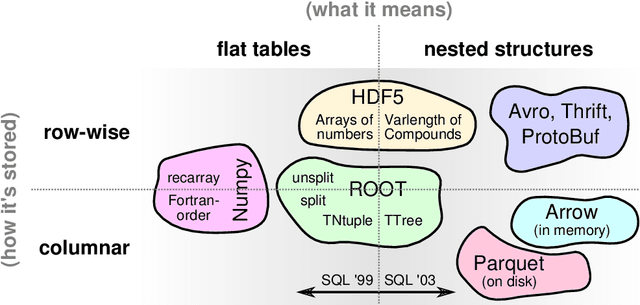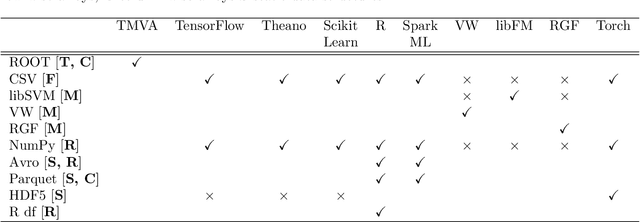Harrison Prosper
SYMBA: Symbolic Computation of Squared Amplitudes in High Energy Physics with Machine Learning
Jun 17, 2022



Abstract:The cross section is one of the most important physical quantities in high-energy physics and the most time consuming to compute. While machine learning has proven to be highly successful in numerical calculations in high-energy physics, analytical calculations using machine learning are still in their infancy. In this work, we use a sequence-to-sequence transformer model to compute a key element of the cross section calculation, namely, the squared amplitude of an interaction. We show that a transformer model is able to predict correctly 89.0% and 99.4% of squared amplitudes of QCD and QED processes, respectively. We discuss the performance of the current model, its limitations and possible future directions for this work.
Machine Learning in High Energy Physics Community White Paper
Jul 08, 2018


Abstract:Machine learning is an important research area in particle physics, beginning with applications to high-level physics analysis in the 1990s and 2000s, followed by an explosion of applications in particle and event identification and reconstruction in the 2010s. In this document we discuss promising future research and development areas in machine learning in particle physics with a roadmap for their implementation, software and hardware resource requirements, collaborative initiatives with the data science community, academia and industry, and training the particle physics community in data science. The main objective of the document is to connect and motivate these areas of research and development with the physics drivers of the High-Luminosity Large Hadron Collider and future neutrino experiments and identify the resource needs for their implementation. Additionally we identify areas where collaboration with external communities will be of great benefit.
 Add to Chrome
Add to Chrome Add to Firefox
Add to Firefox Add to Edge
Add to Edge